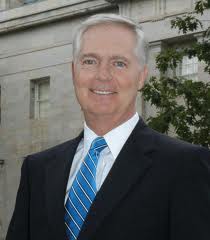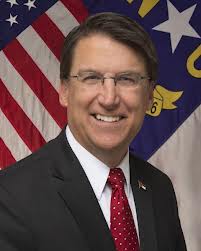I can’t remember the last update I’ve provided so I’ll just kinda give a summer recap.
What started as one hive has now morphed into 4. And those 4 are soon going to dwindle down to 2.
As I mentioned in one of my first posts on these bees, I started off with 4 hives – 2 at my place and 2 at a friend’s house about 3-4 miles down the road. It’s been a fun ride full of ups and downs, but fun.
The 2nd hive here at the house failed to take and the bees eventually left. I went to check on the hive and the whole thing was empty. The beekeeper I was with at the time suggested that I take 3-4 frames from my very successful and established hive and split it. In essence, place those 4 frames in the new hive and let them go to work. Very quickly they would recognize that they were away from their queen and begin work on making a new one. Within about 16 days, she would emerge, take a few days to stabilize herself, go on her mating flights and then begin to grow the hive.
However, before all of that could take place, the hive was infested with hive beetles and the whole thing had to be destroyed.
We had to start over.
This time, rather than wait for the colony to take the time to re-queen, I purchased a mated queen and inserted her into the new hive – freshly seeded with three more frames from the strong hive.
The beetles again overpowered the hive and I lost it for the third time. Right now I think that I’ll take the hint and pause until spring when I’ll try again.
The news isn’t much better at the other two hives either. While they both grew at a good pace the first few weeks, that growth has stalled. Inspection of the first hive found that the colony had lost its queen and was in the process of creating a new one. However, they don’t look to be having a good run of it and may not make it through September.
Frustrating to be sure.
The good news? I have managed to keep one hive very strong and very vibrant. One small little package has grown into 20 frames of bees and comb. And that doesn’t include the 6-7 frames that I robbed to start the failed hive. I’ve come to the point where I have installed honey frames in the hopes that I am able to harvest honey, even if it’s just a little bit.
The season has been, as I mentioned, fun. I’ve learned a lot, made several new friends and managed to keep pace with the demands of keeping these things.
I think that timing plays a role. We had a very very late spring this year pushing all things bees behind several weeks. The hives that I’ve lost failed to thrive because, in my opinion, they were established far too late into the season. The flow of pollen and nectar had largely stopped impacting the ability of the hive to physically grow the comb and feed the young bees.
A normal spring combined with a year of knowledge should enable me to have a more successful 2014.










